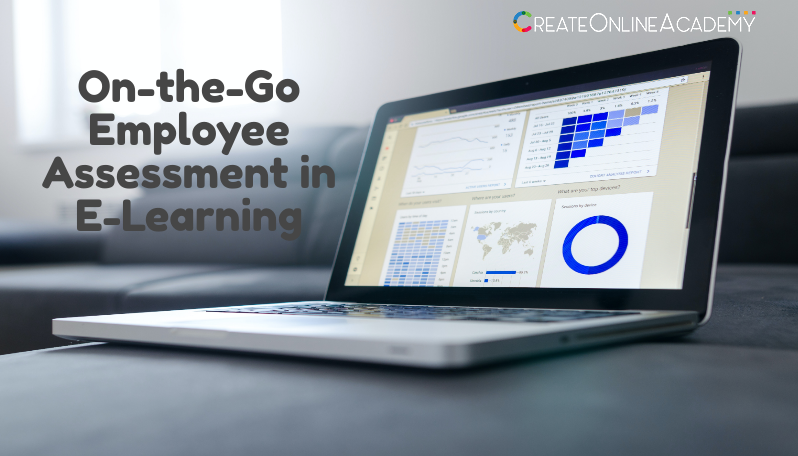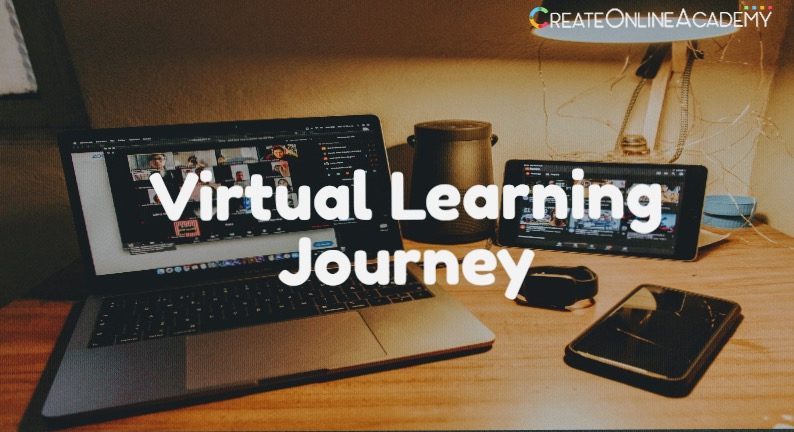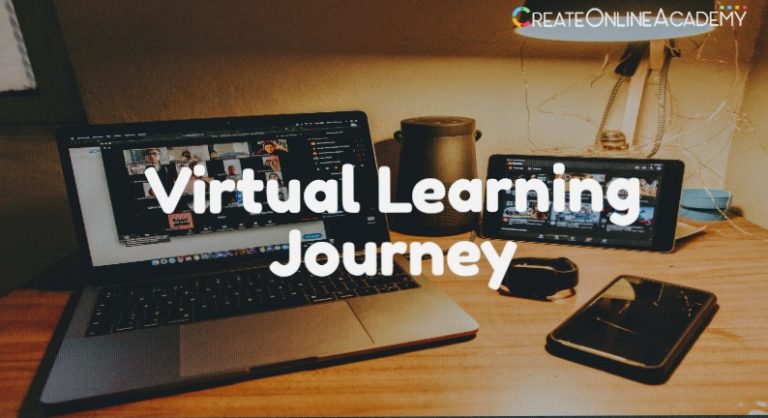Three Best Practices For Employee Assessment

Review the best methods from becoming an expert performance consultant to measure and evaluate your employee performance. To understand it in detail read through the article and stop you form mistakes that can be avoided.
To implement something which is new takes a lot of time as well as hard work. If you are planning to expand your business, then these points will help you. With a solid plan you can rule the world, and this will help you execute your plan just the way you want along with some guidance.
Mentoring and monitoring
eLearning has always been a challenge for learning and development terms. Kirkpatrick model of evaluation may provide some guidance around the factors that should and are important to measure mentoring.The design of evaluative practices within our organizations are barely able to scratch the surface.
A research by Brandon Hall suggested that, over 43% of the organization do not measure any of the impacts which fall over the employee during the training and development programs. It becomes quite difficult to assess if training had an impact on learning, performance or the business objectives that are not processed to gather and analyze data.
Ideally, it can be done by integrating the process of eLearning assets and instructor- led training events with performance management along with business operation platforms. Fortunately, not all the performance evaluation relies on the heavy lifting of business technology. There are strategies that center around mentor and managements, that you can implement quickly.
Looking up to the mentor
Staying on the same page becomes particularly important weather it is the mentors, manager or learner. Without clarity and defined expectations, it is much more difficult to evaluate progress. Through employee performance evaluation, mentors will also need structure in their approach to interact with the learners.
There are various methods involved for each every trade and it is well applied in the case of employee evaluation also. With assets like facilitator guides, task analysis worksheets or activity planner, mentors can be more effective in directing the efforts of learners, while also recording more accurate data. The mentors should be playing a key role in recording informal learning activities thorough both quantitative and qualitative measurements.
Research on the mentoring programs is clear there are definitive improvements to employee satisfaction and retention. So, manage time (and budget) to ensuring time is blocked off for continued development.
Another area in which mentors can play a key role is incentive programs. In this way your employees can experience progress whilst being in the job role. A mentor of employee pressure can help track and meet out rewards. This can also help in improving accountability as mentors have visibility on both employee performance and can influence reward.
Breaking boundaries for the best employee performance
Employee performance evolution metrics- to get desired results and the micro-behaviors that lead to them must be integrated into your organization so that the learning the culture can have a direction. For this you need to have a clear definition of assessment in your learning culture, while you might have ideas on what a good definition of assessment might be. The training should be owned by your employees and driven by the corporate coach.
You must be thinking what this means, well employee evaluation must be governed by sustainment and follow up. This looks like a very heavy top-down approach at first. The mentors as well as the managers must drive the process through both encouragement and enablement. Necessarily, the mangers must inspire and push the employee to pursue education while creating an environment to do so. Then, employee engagement will follow.
Although, this will create a lot of work and heavy burden on middle of the management up front, it will not remain this way if done properly. As the team members start to get accustomed to the new learning culture in your organization. They will start to stake ownership of their own learning experiences.
For the transition to be effective the mentors will be needing their own training and support as well. It is important to able to access the gaps between performance and learning is a critical skill with which many mentors and managers may no be equipped. It’s easier once they can successfully identify the gaps.
Conclusion
In order to successfully implement a culture of learning, effective evaluation methods are a must. With solid mentoring programs, the challenge is managed more easily. Mentors play a big role in supporting eLearning as well as bridging the gaps between learning. So, consider how mentors can help you towards your organizational goals.









